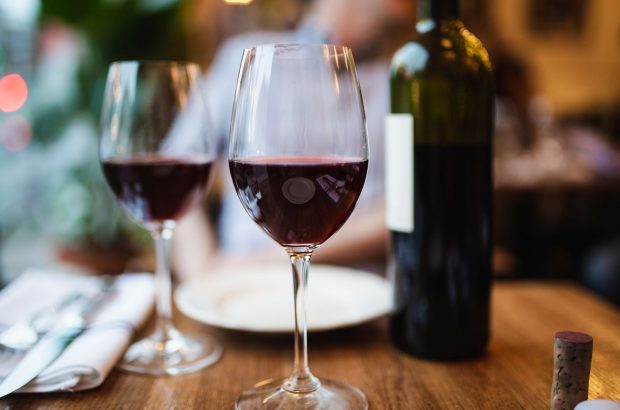Barolo 2011 was a hot vintage characterised by a very early harvest and low yields. Read Ian D'Agata's report and his top 12 wine choices from the vintage.
The Barolo 2011 vintage was characterised by a very early harvest and lower than usual yields. The growing season got off to an early start thanks to higher than usual temperatures in April, and all phases of grape development (budbreak, flowering, colour change and harvest) occurred at least two – and more often three – weeks ahead of normal yearly averages.
My own opinion is that there are some pleasant surprises to be had in Barolo 2011, provided you do your homework and know what to look for. Rather than the more prestigious crus (officially called Menzioni Geografiche Aggiuntive, or Mega wines), look for Barolos made from blends. This is because choosing and blending grapes from different communes allowed the better winemakers to produce more balanced, precise wines.
In 2011 there is no single commune that stood out: in fact, there are noteworthy differences in quality within the same producer’s Barolo portfolio. As each site has its own specific requirements (due to various factors such as vine age, rootstock, exposure, slope gradient, and the physical/chemical soil characteristics), making the right viticultural decisions at the right time for each was of paramount importance in 2011.
Ian D’Agata’s top Barolo 2011 wines:





